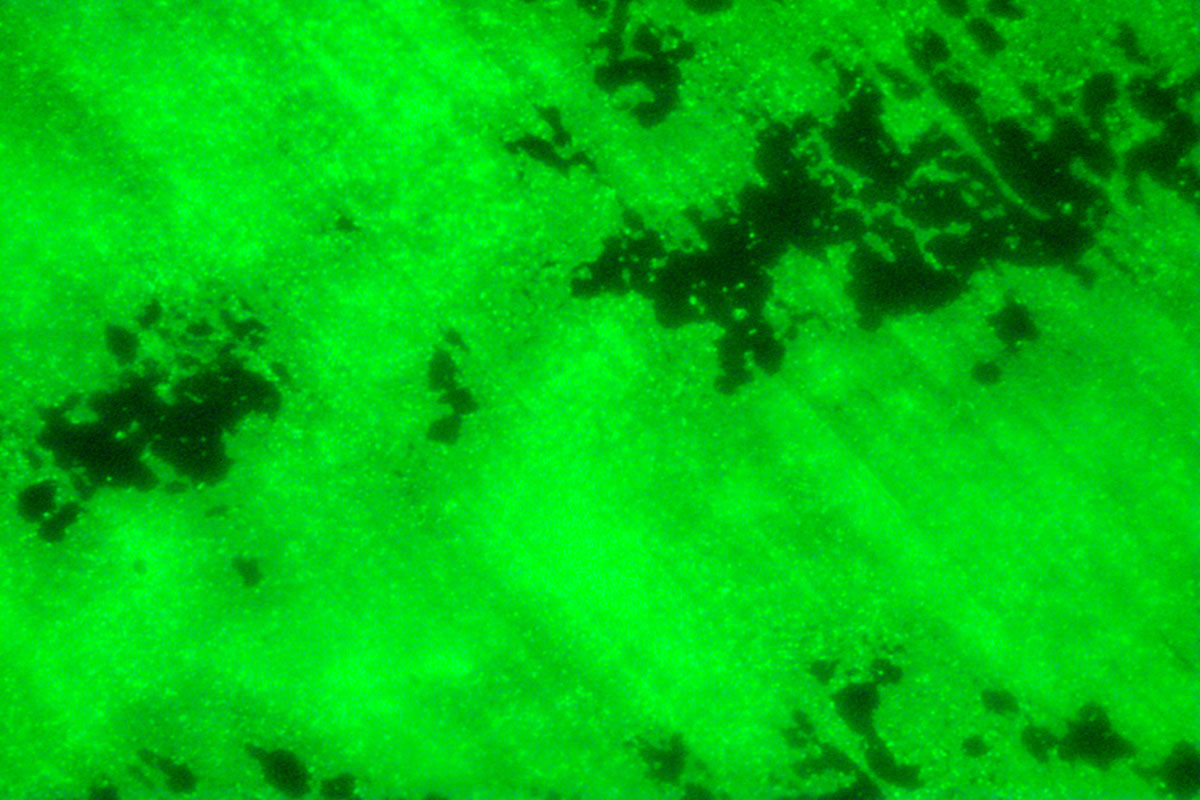The genus ‘Enterovirus’[1] belongs to the family Picornaviridae (‘pico’ meaning small) which comprises of icosahedral viruses (~30 nm in diameter) with single-stranded, positive-sense RNA genomes. As of 2020, the family contained 63 genera and 147 species ...
Adenoviruses (from Latin adenos meaning 'gland') are icosahedral (about 90 nm in diam.), nonenveloped, double-stranded DNA viruses with a wide host range (mammals, birds, reptiles, amphibians, and fish). Characteristic antennae-like fibers protrude from ...
CREM Co Labs has recently established a standardized protocol to produce dry biofilms. Such a protocol will make it ...
CREM Co scientists published a novel method for quantitative field-relevant assessment of wipes and sprays ...
CREM Co’s scientists published the first peer-reviewed test of decontamination devices for car interiors. In the ...






